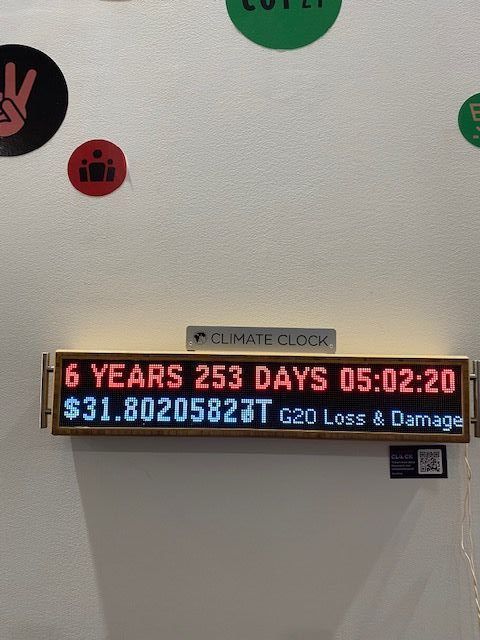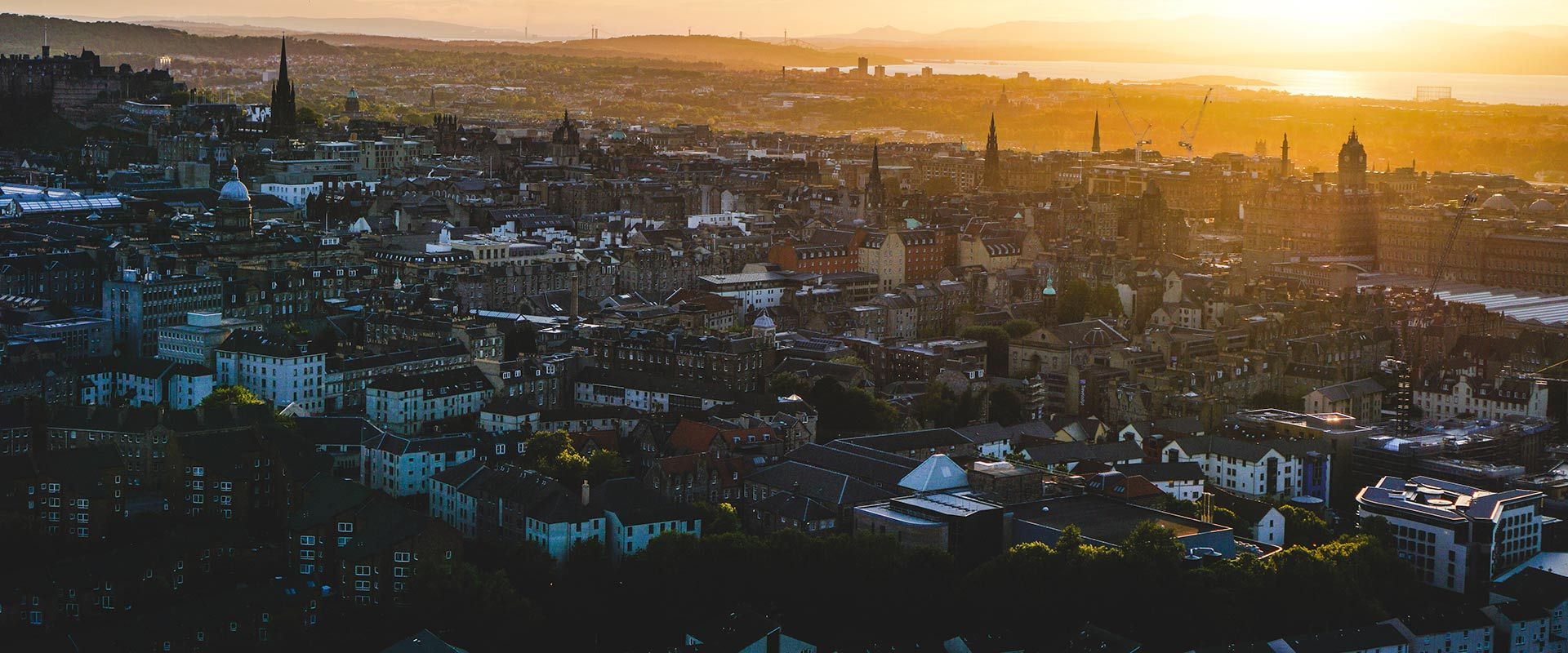This blog first appeared in The National
Arriving at COP by plane may not be ideal but it felt as though the journey gave a snap shot of the issues facing our planet. We flew over the Alps, where glaciers are melting faster than ever, the Suez Canal, where enormous tankers lined up to transport oil and goods around the world, and came into land in the desert around Sharm El Sheikh. Living in the Scottish Highlands where access to water has, let’s face it, never been an issue, Sharm el Sheikh gives you an insight into the necessity of water and what life looks like without it. The whole resort, and really that’s all it is, only exists here because of the massive amount of desalinated water that is pumped here. All around, the barren desert seems to contain almost no life. Beyond the massively irrigated small patches of turf and palm trees that line the roads here, there are no plants, little in the way of birds and no pollinating insects. It was a rare and beautiful sight to see two butterflies dancing together.
Now, as the end of COP approaches, there is still much to do and be agreed if we want to avoid temperatures rising to a point that those glaciers disappear altogether and drought conditions become the norm for vast swathes of the planet. Reports coming out of the negotiations seem to suggest there has not yet been enough progress on any of the three main pillars of discussion: mitigation, adaptation or Loss & Damage, despite it finally being put onto the agenda for the first time.

On Saturday, people gathered all across the world to march and call for climate justice and show solidarity for Egyptian human rights groups. Solidarity that is much needed here, in a country where protest is banned and activists are routinely jailed. COP in Sharm El Sheikh is a far cry from Glasgow, when on any given street corner you would have come across protestors singing outside a bank, school children holding placards or a refugee puppet. Only by organising actions within the UN controlled space of the Blue Zone, have voices of dissent been able to be heard here and even then there have been reports of surveillance and intimidation. At a press conference I was at where Sanaa Seif, sister of jailed Egyptian/British pro-democracy activist Alaa Abd el-Fattah, spoke, an Egyptian politician had to be forcibly removed after refusing to stop his aggressive tirade. Other civil society COP participants have reported being followed and filmed in private meetings.
The Green Zone too is a world away from its Glasgow counterpart. Set in a botanic garden with sculptures of giant bunnies and daisies, music pumping and food vans, the outside spaces have a festival feel, but one that is deserted. While the Glasgow Green Zone bustled with school groups, film screenings and activist stalls, here the cavernous halls of mainly trade stands are often eerily empty.

Outwith the fences of the Blue Zone, there is an enormous police presence, with regular road blocks, patrols on every road and the slightly surreal sight of men in dark suits standing solitary, spaced out across the empty desert, reportedly state Mukhabarat agents. Before arriving here, I was warned to be careful of what I said and to avoid the official COP app which reportedly allows Egyptian authorities to track your movement. Only now, as I am leaving, do I feel free to write about these things. I worry for those left behind in Egypt who have had the courage to speak out.
I only hope that the voices of these activists and marchers reach the decision makers and are listened to. I watched as Air Force One flew in on Friday bringing President Biden and his positive rhetoric but he flew out again three hours later, leaving little in the way of tangible commitments in his wake. Others have arrived this week to add their views, from President-elect Lula of Brazil, with new hope for the protection of the Amazon, to singer Ellie Goulding, but it is up to the Ministers and delegations thrashing out the details of agreements that the success of this COP hangs. As the climate clock on the youth pavilion constantly reminded us, we have less than seven years to avert climate catastrophe.

Travelling home, attention naturally shifts to what we are doing in Scotland to avert this catastrophe. Sadly, the answer is not yet enough. During my time at COP I was part of meetings with both Scotland’s First Minister, Nicola Sturgeon and Minister for Environment, Mairi McAllan. While encouraged by their desire to hear from climate experts from the global south and take forward the issue of Loss & Damage, the reality is the most important thing Scotland can do now is reduce our emissions. With climate targets missed in three of the last four years, now is the time to step up, play our part and prevent future damages.

Despite this seemingly slow progress at COP and at home, I remain optimistic that the groundswell of support for action will turn the tide and spur on action. While here, I’ve done video calls with schools back home and for those children and young people everywhere I need to have hope. I need to believe we can achieve the necessary emission cuts because, well, really what’s the alternative?

